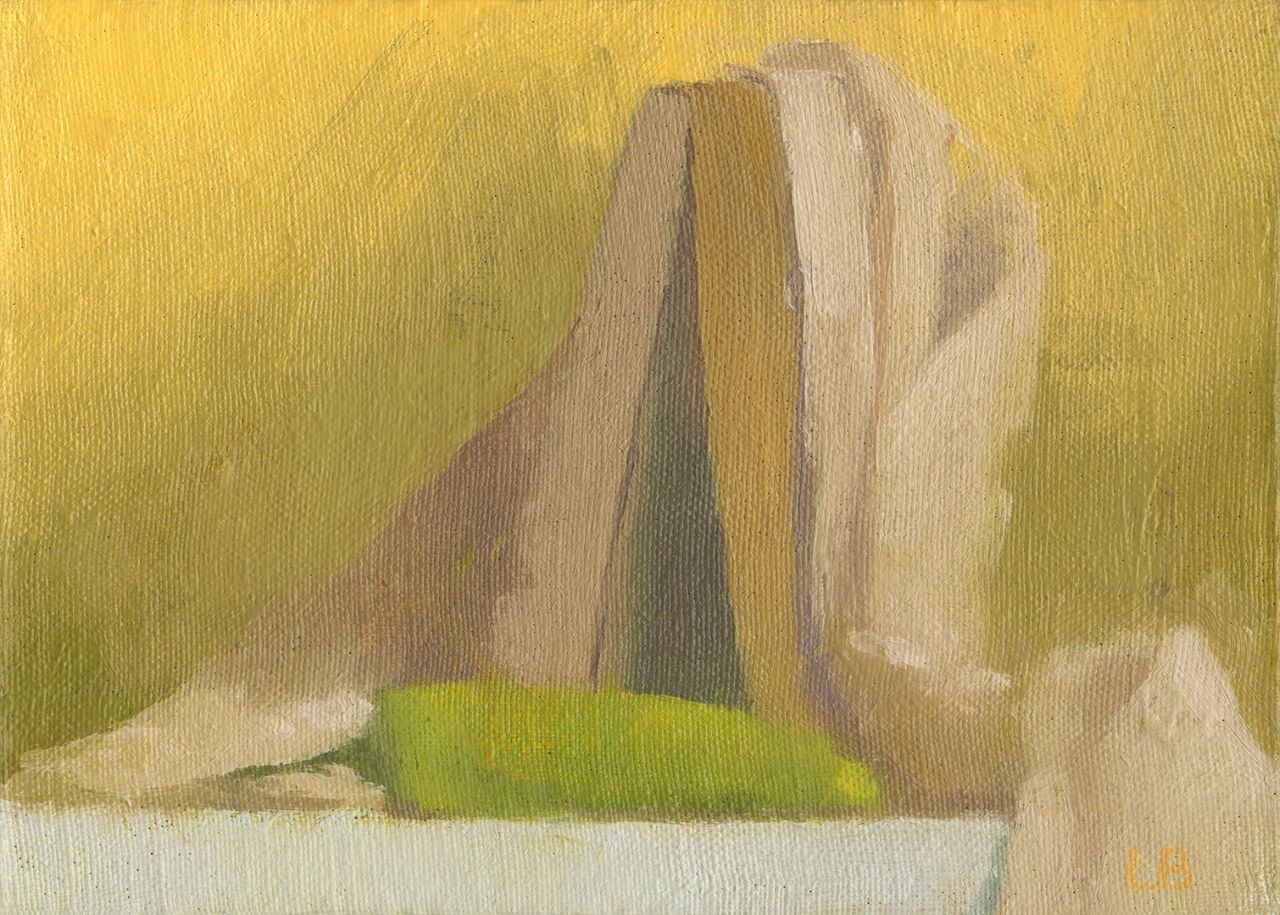Today, a perusal of Barber’s portfolio reveals the impact of this new way of seeing on her artist’s journey, with canvas after canvas filled with fruits and vegetables and jars and bottles, vases and boxes and ink wells and poppies. And like Lennart, she unearths the sacred in the mundane, imbuing each with a certain import that can only derive from an artist’s true examination—from the undeniable fact, carried through with each stroke of the brush, that someone truly cared.
Barber calls it “seeing within seeing,” when she enters that space where the artist’s eye can safely take over, dissolving the world into forms and shapes, light and line. Perhaps not the best mode of vision when making split-second decisions in rush hour traffic, but essential to the artist’s exercise. “The more you look at something, the more you see,” she says. “There’s this nested unfolding.” And just maybe, if an artist is attentive enough, they can see into the stuff of creation, the hidden patterns that dictate the warp of the world.
“There’s so much to discover,” she says.
And the same is true when viewing her art.








